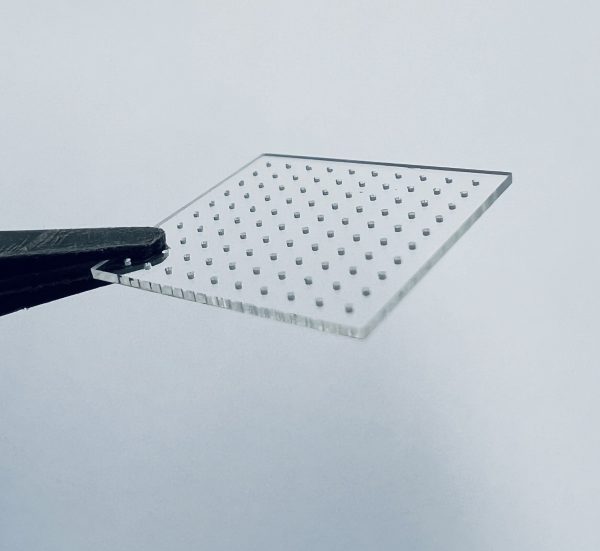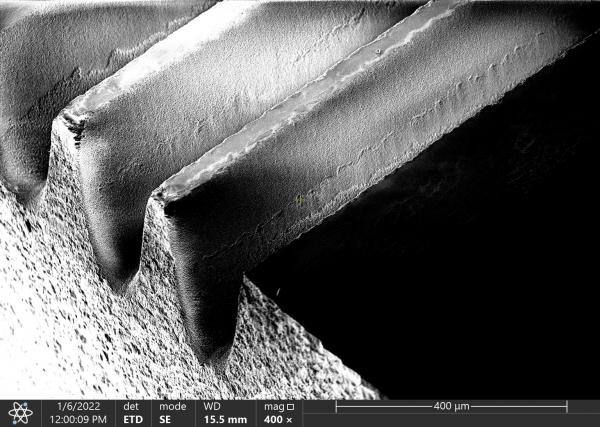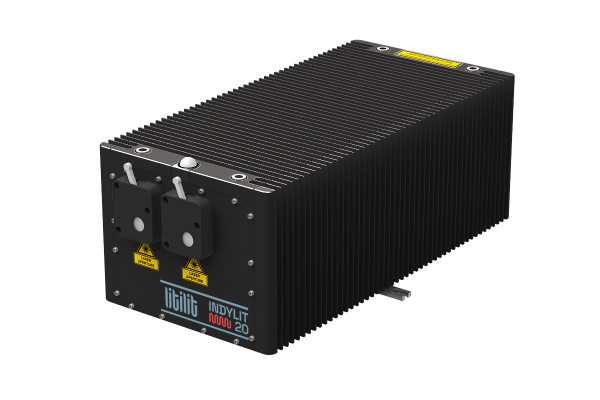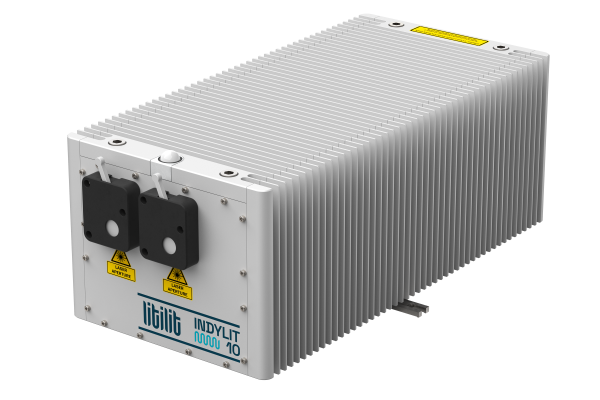Cutting, Drilling And Surface Structuring 
The rising demand for precise manufacturing across sectors highlights the need for advanced technologies like femtosecond lasers. These lasers, with their ultrashort pulses, enable accurate manipulation of materials ranging from metals to glass without the thermal damage of longer pulse lasers. This accuracy is vital for complex shapes, tight tolerances, and superior surface finishes required in aerospace, automotive, and microelectronics.
The application of femtosecond lasers for precision cutting across these materials provides clean, burr-free edges that require minimal to no post-processing. When used in drilling, they allow for the creation of holes with high aspect ratios and smooth sidewalls. In surface structuring, femtosecond lasers can create textured surfaces at the micro and nano scale, enhancing the functional properties of materials, such as hydrophobicity, adhesion, or optical characteristics. This versatility makes femtosecond lasers invaluable in a myriad of applications, underlining their importance in modern manufacturing paradigms.
Ultrashort pulse (USP) lasers have revolutionized glass processing, achieving precise cuts and intricate modifications without the drawbacks of traditional methods. This innovation minimizes the need for post-processing and enables complex designs, lowering production costs. These lasers are adept at creating detailed features and smooth finishes, suitable for a variety of applications, including anti-reflective surfaces and microfluidic devices. Their adaptability across different glass types benefits numerous industries, improving both the appearance and functionality of glass components.
USP lasers mark a major leap in glass manufacturing, enhancing precision and fostering innovation. Moving into specific applications, such as glass grooving and micro-holes drilling, USP lasers demonstrate their capacity to further refine manufacturing processes, showcasing their critical role in advancing glass technology.
The Indylit 10 and Indylit 20 lasers stands out for high-quality glass work, offering tunable parameters (pulse rate, energy, duration, burst mode) and wavelengths (1030 nm, 515 nm) suitable for diverse materials. Its designs ensures ease of integration and maintenance, underscoring its manufacturing significance.
As we delve into real-life applications like glass grooving and micro-hole drilling, our Indylit 10 laser illustrates its pivotal role in pushing the boundaries of glass manufacturing technology.
Glass grooving with femtosecond laser
Glass grooving example. Image shows 200 μm width and 300 μm depth grooves made using Indylit 10 laser. The substrates prepared this way are parts of microfluidic devices which were later glass-to-glass welded using the same Indylit laser.
Courtesy of Workshop of Photonics.
Micro-holes drilling in glass substrate
The matrix of microholes drilled in the 500 μm thickness fused silica glass plate with the Indylit 10 laser. Holes diameter is 300 μm and taper <1°. This through-glass vias (TGV) technology enables manufacturing of ultra-miniaturized, fully hermetic sensors and MEMS devices.
Courtesy of Femtika.
Application case using Indylit 10



